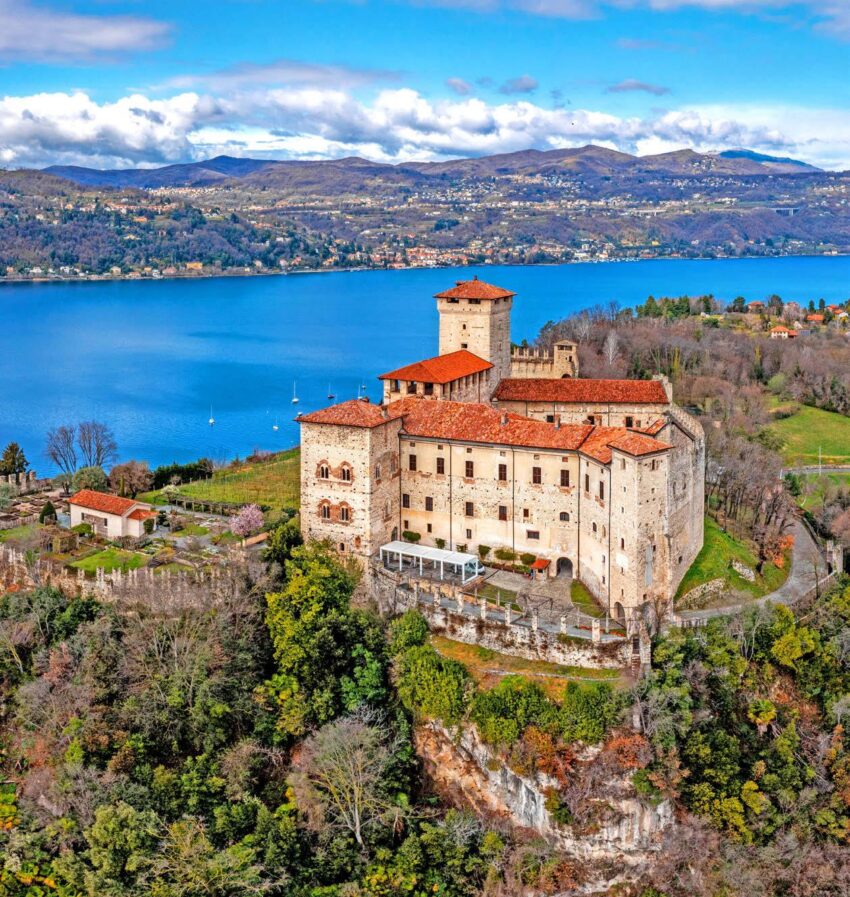Buckingham Palace, the iconic official residence of the British monarch since 1837, stands as a symbol of grandeur and majesty.
However, recent revelations shed light on the inner workings of this historic palace, painting a picture far removed from the fairy tale image it portrays.
Renowned royal writer, Hugo Vickers, delves into the intricacies of life within the walls of Buckingham Palace, unveiling a world devoid of familial warmth.
Describing it as a cold blend of administrative spaces, state chambers, and impersonal sleeping quarters akin to a hotel, Vickers exposes the isolation experienced by the palace’s royal inhabitants.
Within the sprawling premises of Buckingham Palace, royals are said to lead separate lives within their chambers, often unaware of the presence of their own family members.
The atmosphere, during moments of solitude, is likened to that of an eerie, deserted boarding school during vacation time.
Originally constructed in 1703 as a lavish townhouse for the Duke of Buckingham, the palace underwent transformations over the years.
It wasn’t until the 1800s that it evolved into the primary residence for London’s ruling monarchs.
Despite its historical significance, many royals found solace and contentment elsewhere.
Queen Victoria, for instance, favored Osborne on the Isle of Wight and Balmoral in Windsor over Buckingham Palace.
Similarly, later monarchs such as Edward VII and George V preferred Sandringham for its appeal, while Windsor provided comfort for George VI.
Queen Elizabeth II, though Buckingham Palace was her official residence, sought happiness in the enchanting realms of Windsor and Balmoral.
In her final years, she chose not to spend a single night within the palace walls, opting for the warmth and familiarity of other royal residences.
Looking to the future, it is predicted that King Charles will maintain Clarence House as his primary residence, using Buckingham Palace mainly for official functions and ceremonial events.
The palace’s rich history is reflected in its exquisite interior designs, showcasing intricate scagliola techniques and vibrant hues that exude opulence.
With its 775 rooms and expansive grounds, Buckingham Palace remains a testament to architectural brilliance.
Visitors can marvel at the palace’s state chambers during select times of the year, witnessing firsthand the grandeur and splendor that have defined this historic landmark for centuries.
In conclusion, Buckingham Palace stands as a symbol of tradition and heritage, yet behind its impressive facade lies a complex tapestry of history and personal preferences that have shaped the lives of the British royal family.
